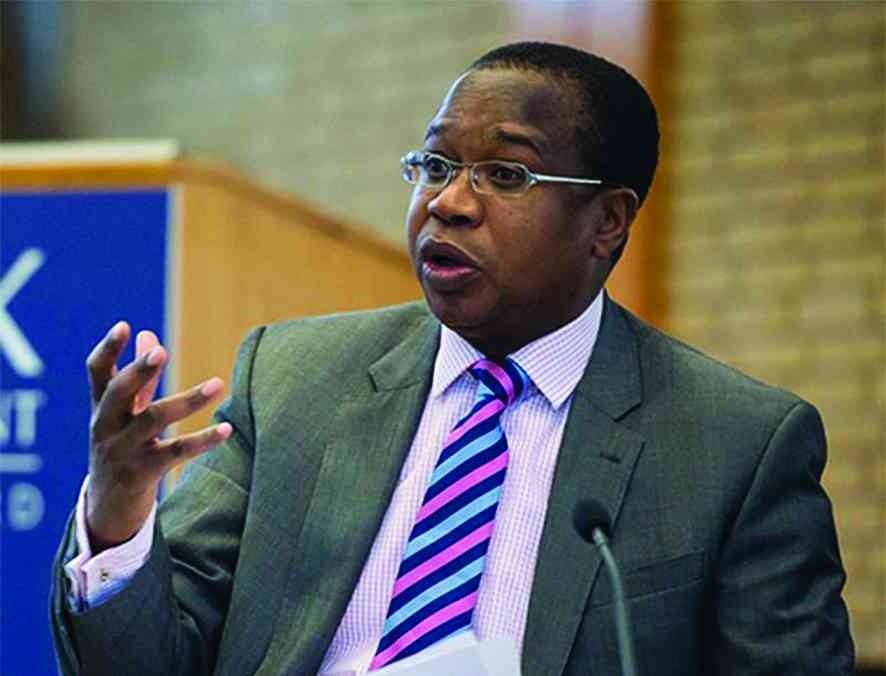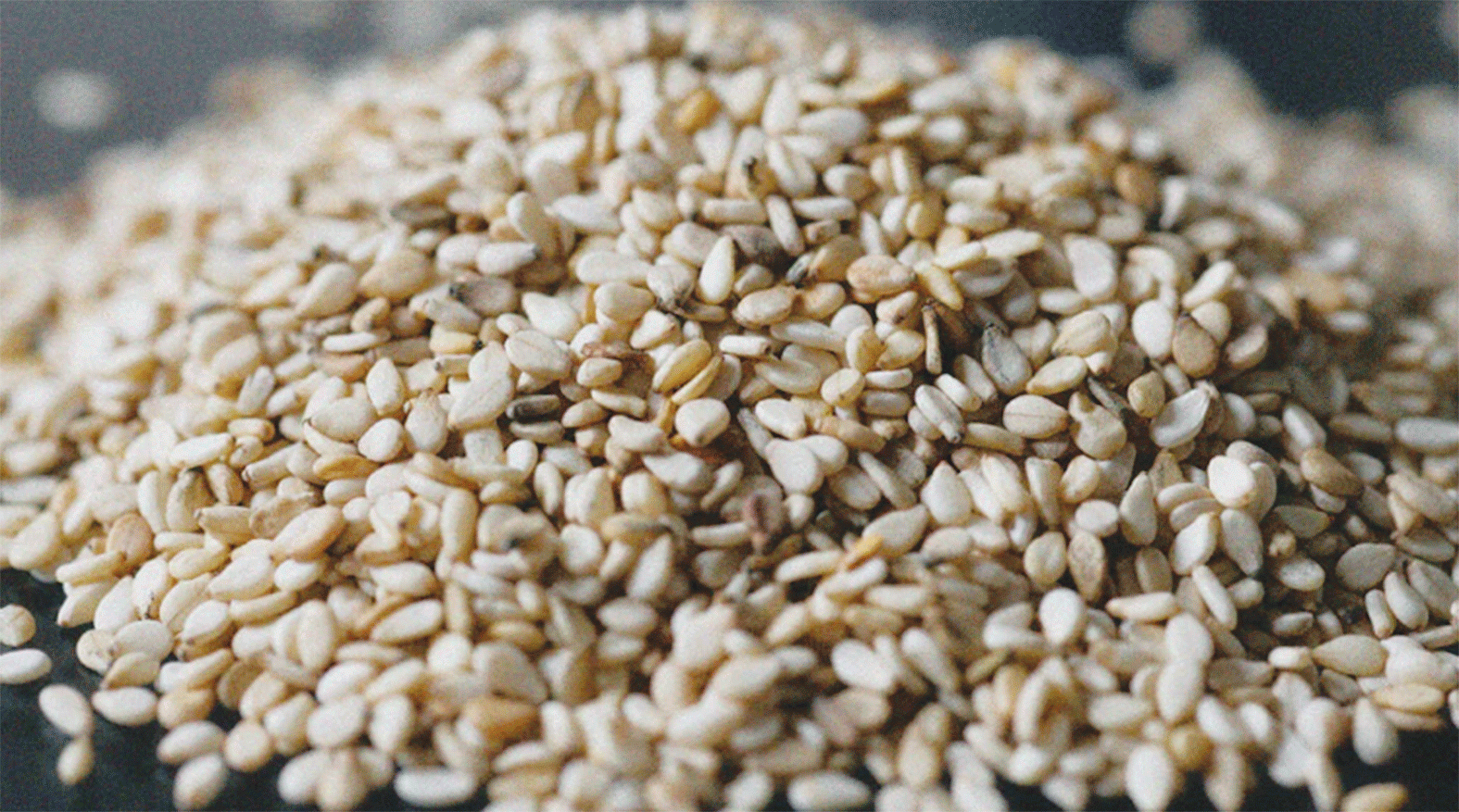
ZIMBABWE collected fresh debt of US$640 million during the first quarter, taking the total public debt figure to US$21,53 billion as of March 31, 2025, newly released data shows.
This comes at a time when Zimbabwe’s public debt figures have been challenged by some of its biggest creditors such as the African Export–Import Bank (Afreximbank).
At the end of 2024, total public debt stood at US$20,89 billion, of which, the external debt stock was US$12,18 billion and domestic US$8,71 billion.
However, in the 2025 Mid-Term Budget Review released on Thursday, Finance, Economic Development and Investment Promotion minister Mthuli Ncube revealed debt as of March stood at US$21,53 billion.
“In US$ terms, the total PPG [public and publicly guaranteed] debt as at end March 2025, amounted to US$21,53 billion, comprising external debt stock of US$12,61 billion and domestic debt stock of US$8,92 billion,” he said.
“This brings debt to GDP [gross domestic product] ratio to 44% as at March 31, 2025.”
The PPG shows a jump of US$210 million in domestic debt and US$430 million for the external position.
The biggest jump in debt during the first quarter was recorded from multilateral creditors, specifically the European Investment Bank, African Development Bank and Afreximbank.
- Mavhunga puts DeMbare into Chibuku quarterfinals
- Bulls to charge into Zimbabwe gold stocks
- Ndiraya concerned as goals dry up
- Letters: How solar power is transforming African farms
Keep Reading
Back in May, however, Afreximbank reported that Zimbabwe owed US$14,6 billion in external debt as of 2024, a discrepancy of at least US$2,4 billion from official figures.
“The external and domestic debt arrears as at end March 2025, amounted to US$7,8 billion, constituting 36% of total PPG debt. The accumulation of arrears since year 2000 have been worsening the country’s debt situation, constraining access to external concessional financing,” Ncube said.
“In this regard, government is implementing the Arrears Clearance and Debt Resolution Roadmap in order to restore debt sustainability and unlock critical external financing needed for the country’s development programs.”
In this regard, during the half year, Treasury made payments amounting to US$176,28 million for external debt service.
This includes US$93,72 million towards the active portfolio, US$79,75 million for legacy debts and US$2,81 million of token payments to the international financial institutions and the 16 Paris Club bilateral creditors.
“Domestic debt service in local currency totalled ZiG1,64 billion, comprising both principal and interest payments during the period January to June 2025,” Ncube said.
“Of this, ZiG39,52 million was paid towards interest payments and ZiG1,6 billion for principal payments related to ZiG-denominated Treasury Bills and bonds.
“In addition, domestic debt service in foreign currency totalled US$286,6 million, broken down as US$66,38 million for interest and US$167,27 million for principal towards US dollar denominated Treasury Bills and bonds.”
This comes at a time when government expenses continue to be demanding.
During the half year, revenue collections during the period January to June amounted to ZiG101, 2 billion (US$3,7 billion) against a target of ZiG118,1 billion (US$3.3billion) while expenditures were ZiG98 billion (US$3,7 billion) against a target of ZiG127,5 billion (US$3,5 billion).
“Zimbabwe’s debt distress situation is a structural barrier to Zimbabwe’s inclusive and sustainable economic growth agenda.
“In this regard, government is implementing the Arrears Clearance and Debt Resolution Roadmap through the Structured Dialogue Platform Process (SDPP) in line with NDS1 (2021 to 2025) and the forthcoming NDS2 (2026 to 2030),” the Finance minister said.
“In order to clear external debt arrears, restore debt sustainability and to unlock external concessional financing, Government is implementing critical reforms to underpin the Structured Dialogue Platform Process under the following strategic pillars: Economic Growth and Stability; Governance; and Land Tenure Reforms (99-year Lease Bankability), Compensation of Former Farm Owners and Resolution of Bilateral Investment Protection and Promotion Agreements.”
He said significant progress had been achieved in implementing the reforms under the three strategic pillars, with the economy experiencing macro-economic stability.










